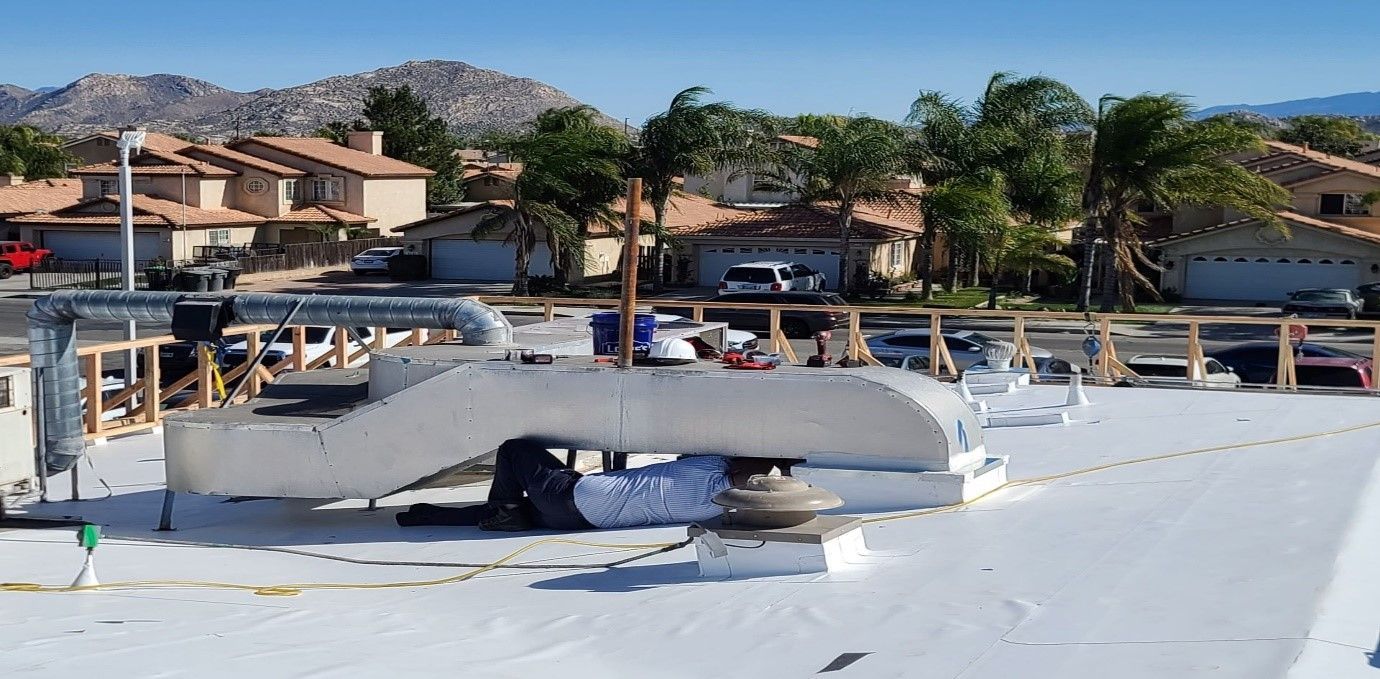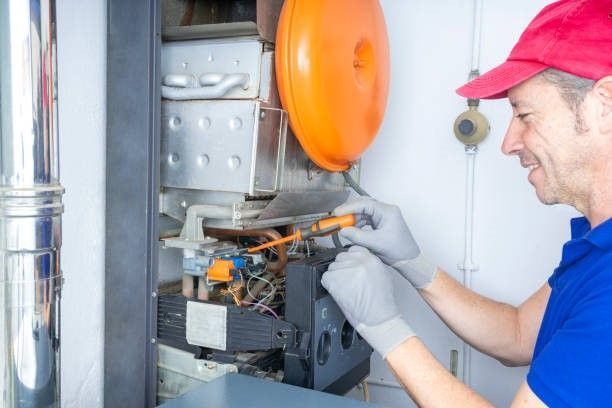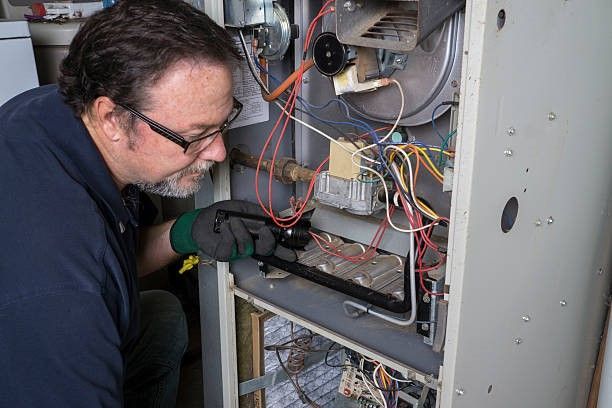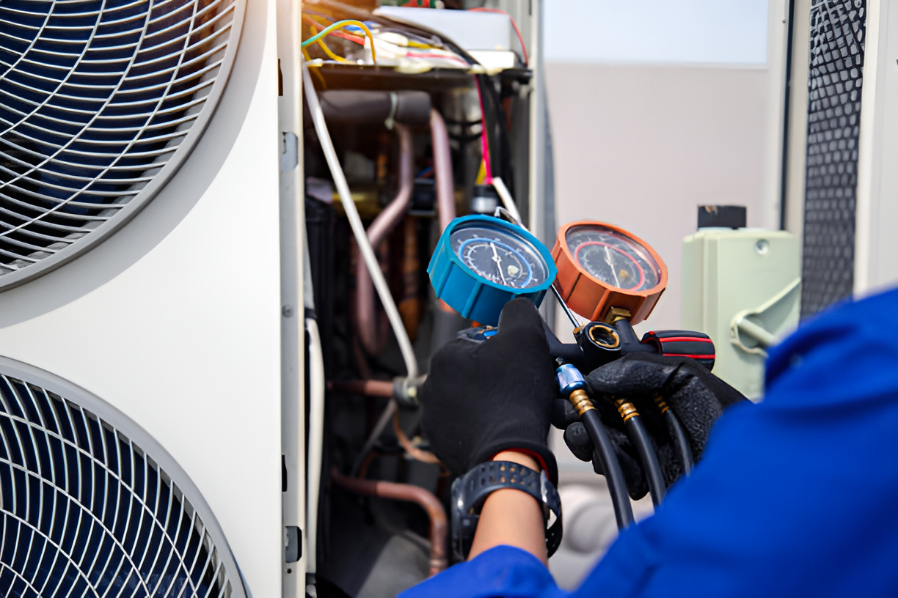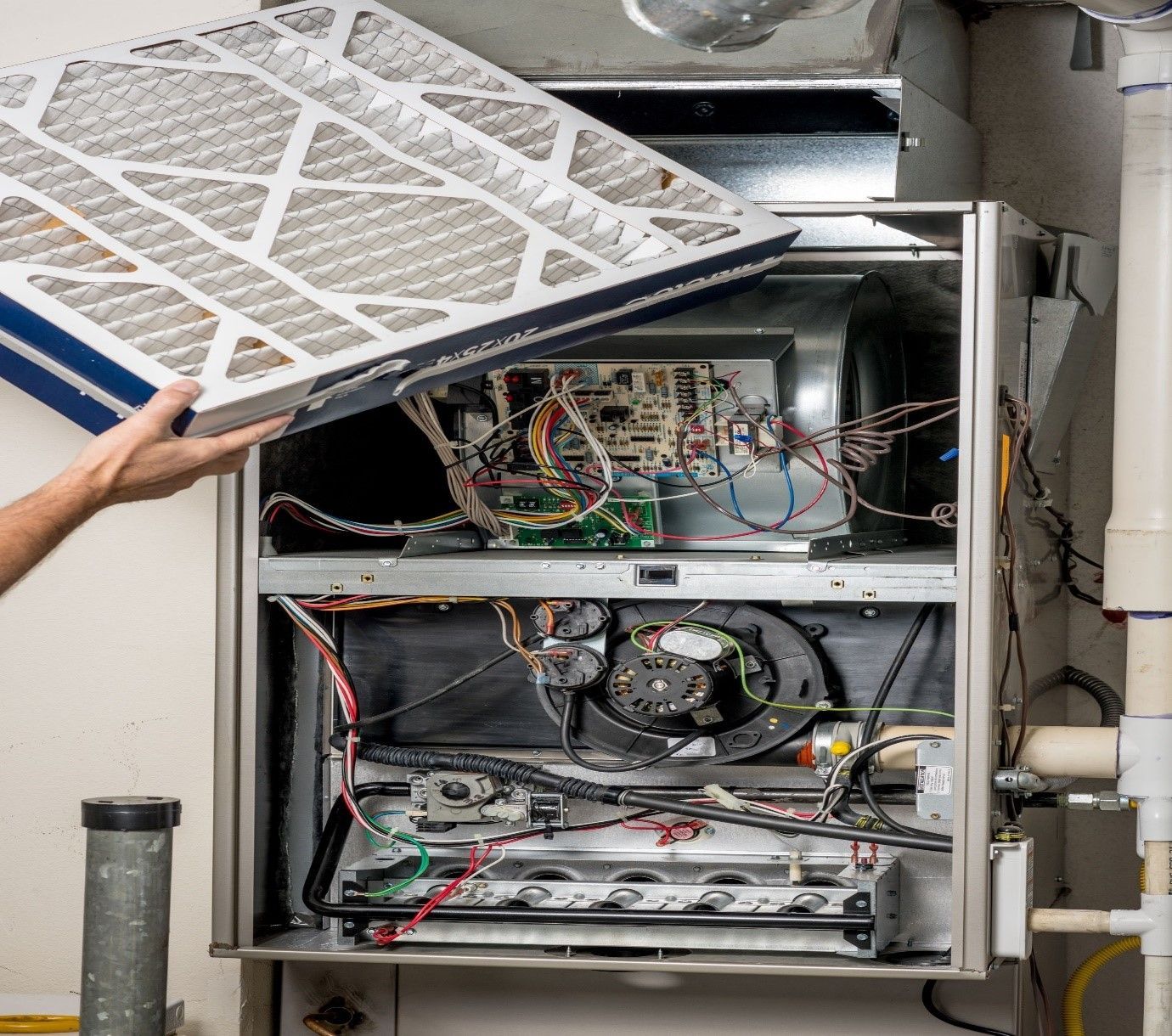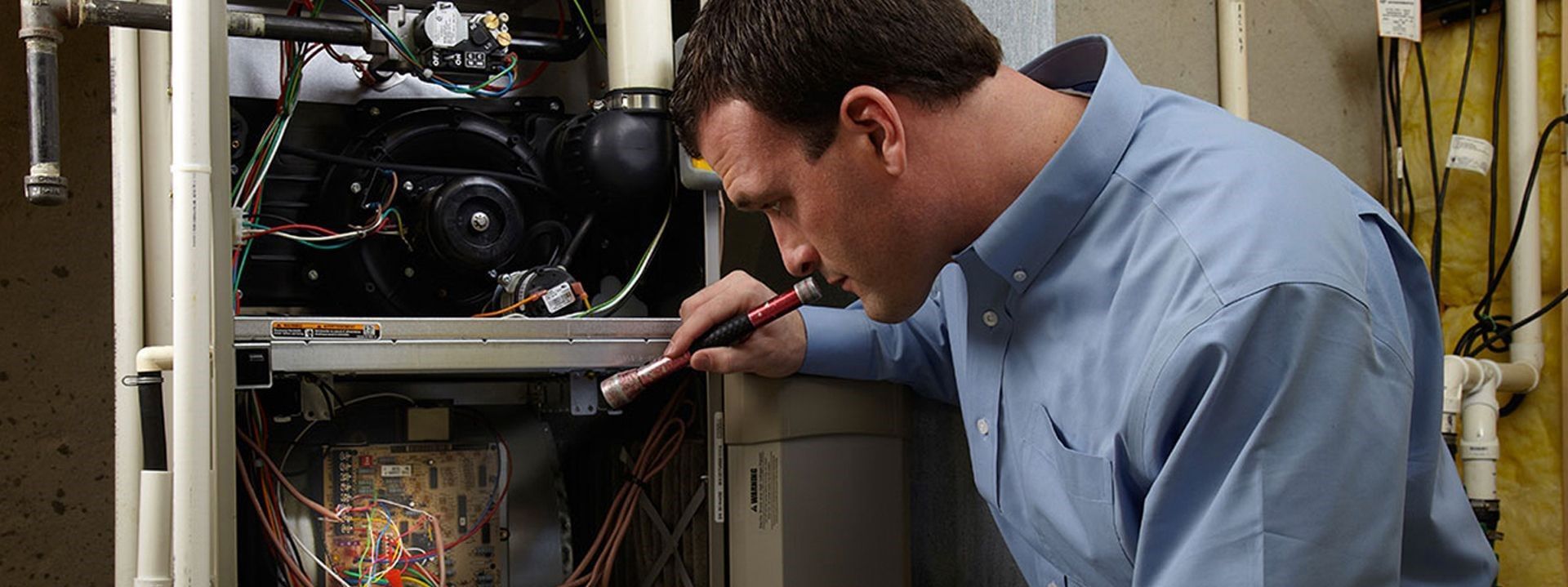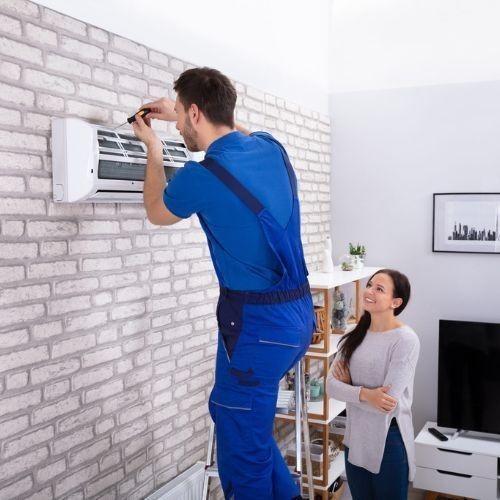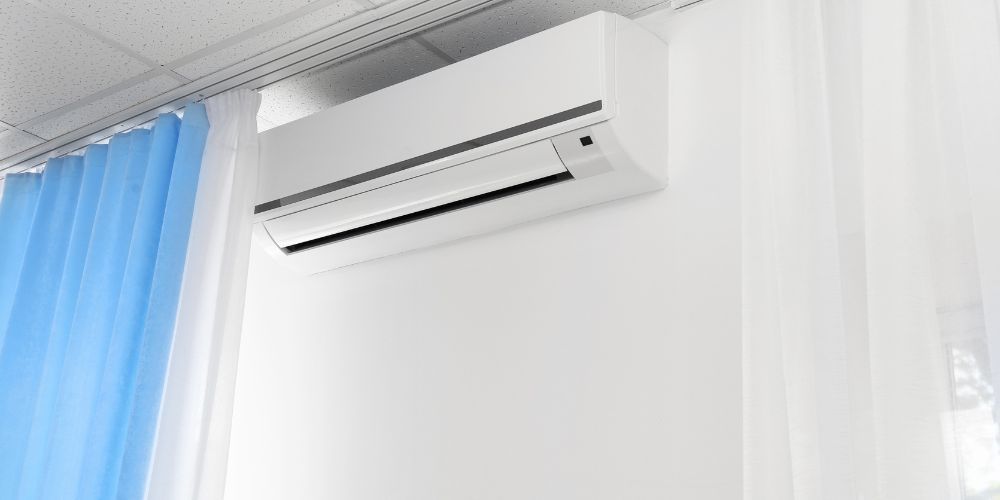Do Mini Split Air Conditioners Use a Lot of Electricity?
Mini split air conditioner systems are designed to provide efficient heating and cooling while using significantly less electricity than conventional HVAC systems. Their ductless design and innovative technology allow them to handle heating and cooling loads with minimal energy consumption, making them a smart choice for homeowners and businesses wanting to reduce their energy costs.
The electricity usage of a typical mini-split system falls within the range of 545 to 1,000 watts for cooling and 1,000 to 7,500 watts for heating, with an average consumption of 600 watts. The amount of electricity varies because you must factor in whether the system is heating or cooling, the temperature outside, the number of rooms, and the size of each space. To help further your research, we’ve provided additional information below.
Brief Overview of Mini-Split Air Conditioners
Mini-split air conditioners offer a flexible and efficient way to cool and heat spaces without requiring extensive ductwork. These A/C systems include an outdoor compressor or condenser and one, two, or multiple indoor air handling units attached by a small conduit.
Due to their versatility, mini split AC units are ideal for various settings, from residential, schools, churches, and office spaces. Unlike traditional home or commercial HVAC systems, mini splits allow for zoned temperature control, providing personalized comfort in different rooms when needed.
Understanding Mini Split AC Efficiency
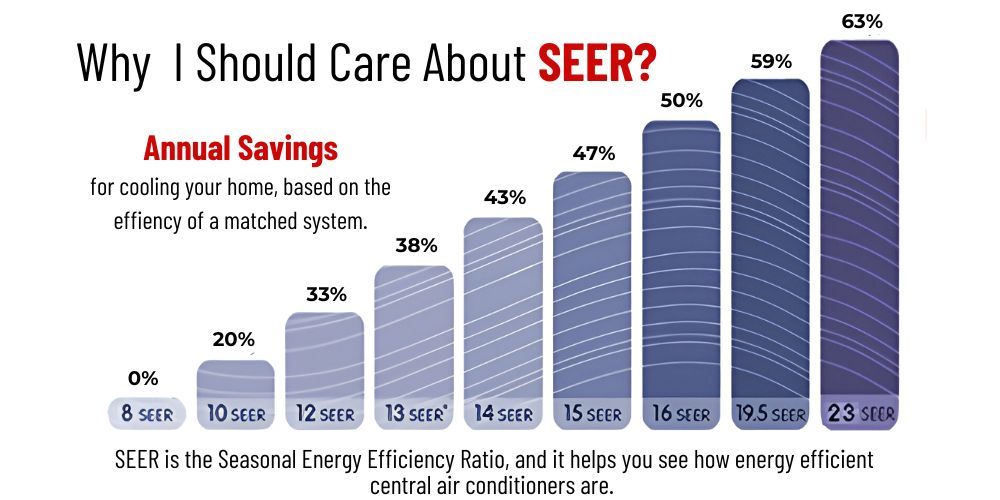
Mini-split air conditioners have superb energy efficiency, which addresses a crucial aspect in today’s environmentally conscious world. Their cost-effectiveness in Seasonal Energy Efficiency Ratio (SEER), with higher ratings, indicates greater efficiency.
If you are unfamiliar with the term SEER, here is the U.S. Dept of Energy’s definition:
“The seasonal energy efficiency ratio (SEER) is the ratio of the total heat removed from the conditioned space during the annual cooling season divided by the total electrical energy consumed by the air conditioner during the same season. So, the higher the SEER rating, the less electrical energy your air conditioner uses to cool your home. Purchasing an air conditioner with a higher SEER rating could be more expensive but save you more money on your electricity bill.”
Factors Influencing Electricity Usage
The electricity usage of mini-split AC units depends on several factors. Firstly, the unit’s size and the cooling area are significant determinants. For example, larger spaces require more energy. Secondly, the climate plays a role; hotter regions will demand more frequent and intensive air conditioner use, thereby increasing energy consumption.
User habits also influence electricity usage. Keeping the AC running continuously at low temperatures can lead to higher energy bills. Annual maintenance, such as inspecting and cleaning filters and ensuring the system runs smoothly, also affects electricity usage and consumption, meaning poorly maintained units use more power and increase costs.
Comparisons with Other AC Systems
When you compare other types of air conditioning systems, mini splits often come out ahead regarding energy efficiency, and here’s why:
HVAC Systems: While practical for whole-house cooling, traditional central air conditioners often lead to higher energy consumption due to ductwork losses.
Window Units: Though suitable for small spaces, window AC units generally have lower efficiency ratings, allowing for mold growth and potential fire hazards.
Portable Air Conditioners: These standalone units are best suited for temporary use because they have limited coverage, are noisy, and use more electricity.
Tips for Energy-Efficient Operation
To maximize the energy efficiency of mini-split air conditioners, consider the following tips:
- Using the right size unit to match your space eliminates inefficiency and higher electricity usage.
- Regular maintenance by cleaning air filters and servicing the unit ensures optimal performance.
- Programmable thermostats and setting eco-friendly temperatures reduce electricity usage.
- Proper insulation and sealing of your space make your mini-split work more efficiently and prevent energy loss.
Conclusion
The above information shows that mini-split air conditioners are a smart choice for those seeking efficient, flexible, and environmentally friendly cooling solutions. Their advanced technology and design ensure lower electricity usage without compromising your comfort.
For residential or commercial use, mini splits offer a versatile and cost-effective option, aligning perfectly with Rizzo HVAC’s commitment to providing high-quality, energy-efficient climate control solutions.
[1] https://www.energy.gov/sites/prod/files/2015/11/f27/CAC%20Brochure.pdf


